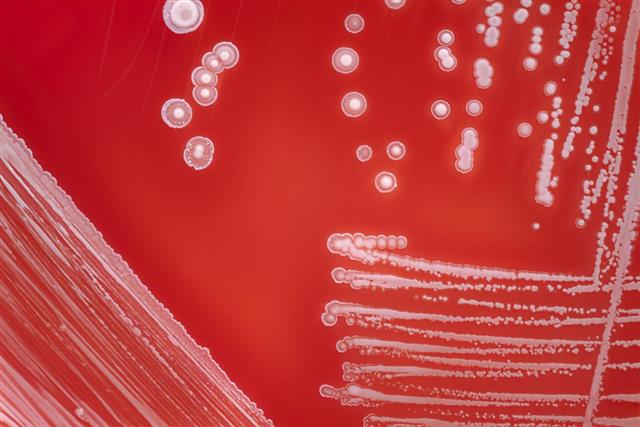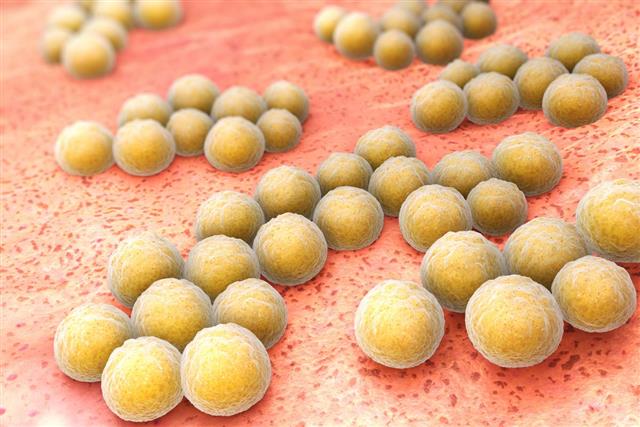
Mannitol salt agar is a commonly used growth medium in laboratories. Go through this article for a brief overview about this bacterial medium.
You might have heard about the different types of growth media or culture media that are used in laboratories. Such media can be either in liquid form or gel form, and are used for cell culture as well as microbiological culture. In other words, such growth media are used for growing cells (derived from plants or animals) or microorganisms, like bacteria and yeast.
Bacterial cultures are rich in nutrients that aid the growth of these microorganisms in large colonies. These cultures are composed of the required amount of chemicals, moisture, and nutrients. While some of these media are simple liquids or solids, like peptone water, agar, etc., there are some nutrient-enriched ones, like blood agar, chocolate agar, etc. Mannitol salt agar (MSA) is one such growth medium, which is meant for bacteria.
Mannitol Salt Agar
Ingredients of this growth medium include certain nutrients, agar, sodium chloride, phenol red, etc. To be more precise, this growth medium is made of enzymatic digest of casein (5 g per liter), agar (15 g per liter), D-mannitol (10 g per liter), phenol red (0.025 g per liter), sodium chloride (75 g per liter), enzymatic digest of animal tissue (5 g per liter), and beef extract (1 g per liter). The pH of this mixture is found to be 7.4 at a temperature of 77 ºF.
Mannitol salt agar is selective as well as differential. It is selective because, this growth medium contains a good amount of salt, thereby inhibiting the growth of almost all bacteria, except those in the genus Staphylococcus. So it is used for isolating staphylococci bacteria. This medium is also differential, as it helps to identify the different species of staphylococci bacteria.
How Do Mannitol Salt Agar Tests Work
With a high salt content, only staphylococci bacteria are found to grow in this medium. As stated above, mannitol salt agar is differential, as it helps in identifying the different species of staphylococci bacteria. This is done with the help of phenol red (a dye) that changes color as the organic wastes released by certain bacteria ferment mannitol.
In case of staphylococci, non pathogenic species do not ferment mannitol and change color of the media. However, the pathogenic staph species, like Staphylococcus aureus produce organic wastes that ferment mannitol, and change the color of the medium to bright yellow. Such change of color does not happen in case of Staphylococcus epidermidis, that are normally found on the skin of humans.
In case of coagulase positive staphylococci (like Staphylococcus aureus), the mannitol salt agar test results show a change of color to yellow. Coagulase positive bacteria are found to grow as large yellow colonies. In general, coagulase negative staphylococci are found as a part of normal flora in the human body. Such bacteria grow as small pink or red colonies, without changing the color of the medium to yellow. However, some of these bacteria may cause severe infections in immunocompromised people. There are also reports of some coagulase negative staphylococci changing the color of mannitol salt agar to yellow.
This was only a brief overview about mannitol salt agar and its working mechanism. In general, it is said that typical pathogenic staphylococci ferment this medium and turns it yellow, whereas non pathogenic ones form red or pink colonies.

